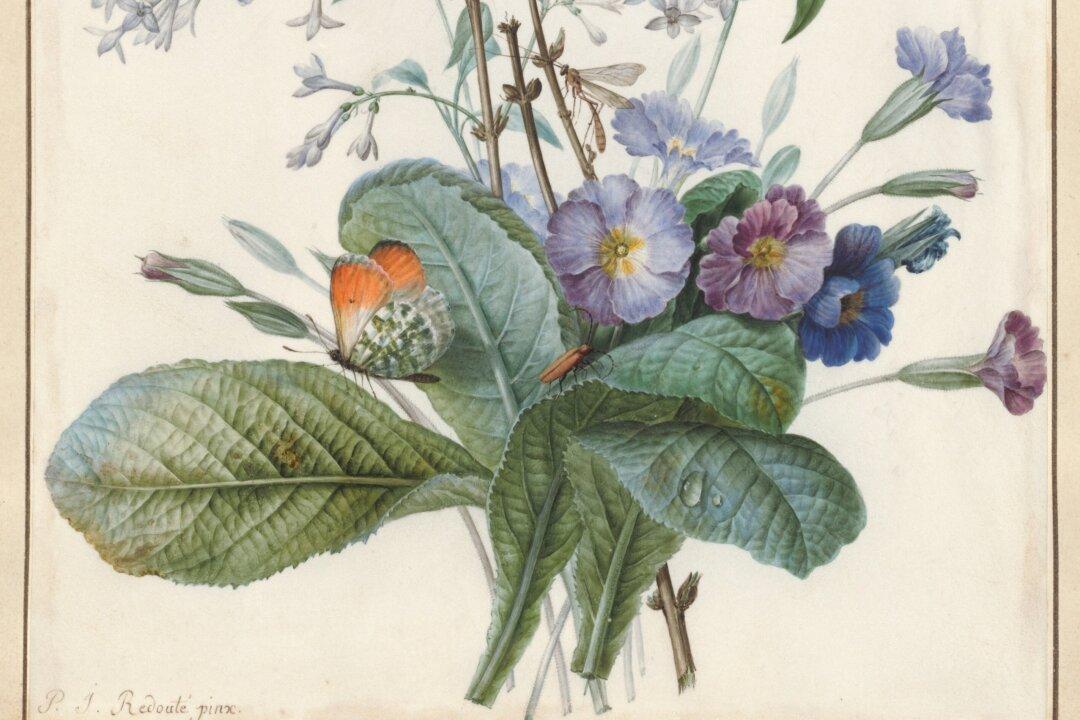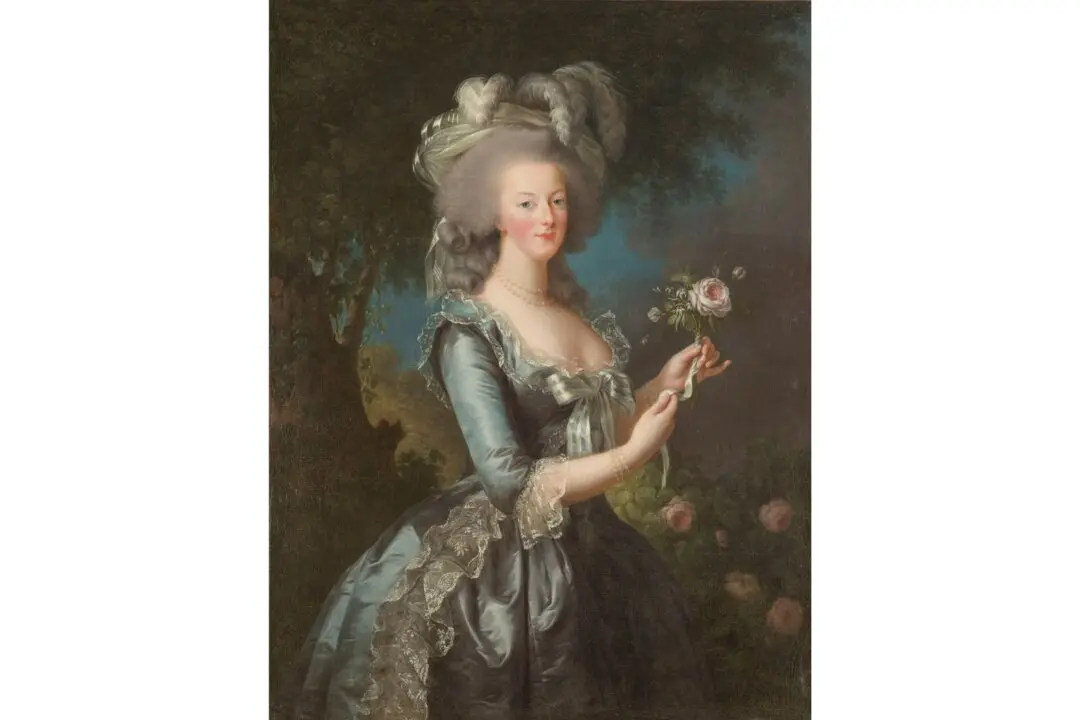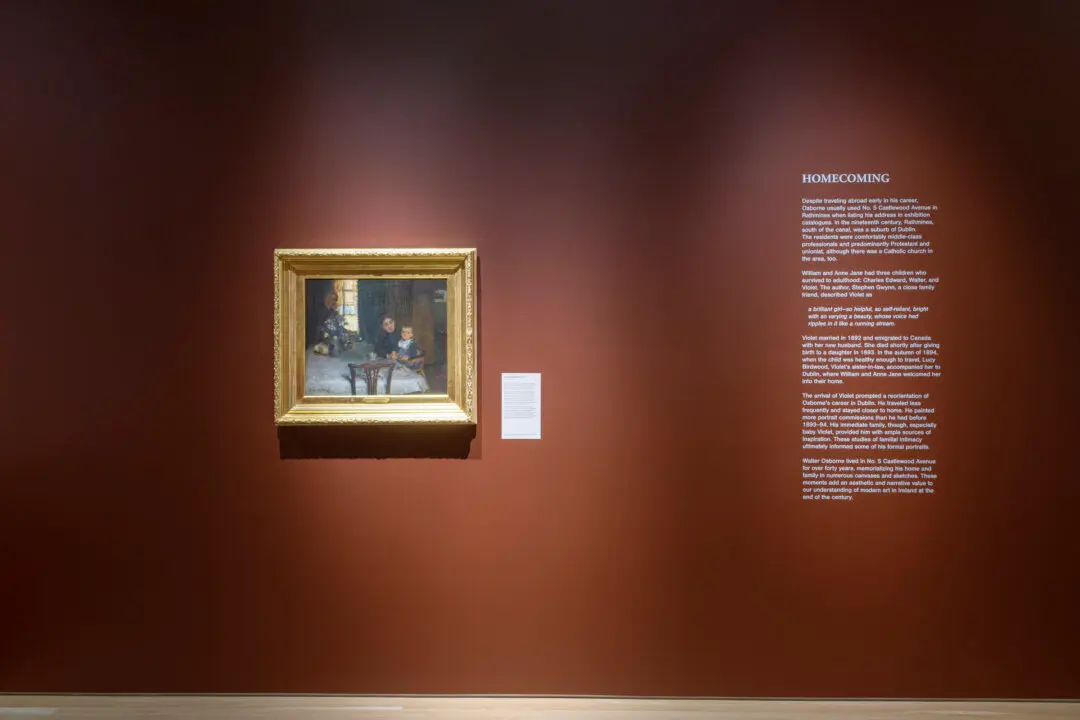Most of us have seen Raphael’s “Sistine Madonna” putti and Pierre-Joseph Redouté’s roses, but maybe not in their original context. They’ve been commercialized—printed on bags, postcards, textiles and the like, so much that some of us may not know the works’ original intent or even who created them.
Raphael’s art needs no introduction, but Redouté’s might. He drew, painted, engraved, and printed roses and all manner of flora, for science and for the sheer beauty of it.






